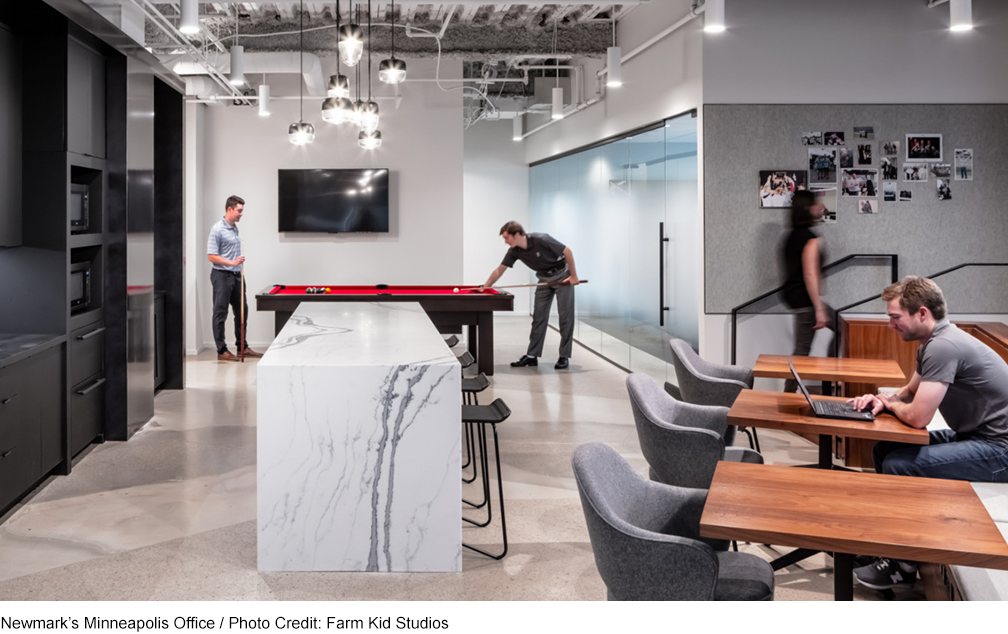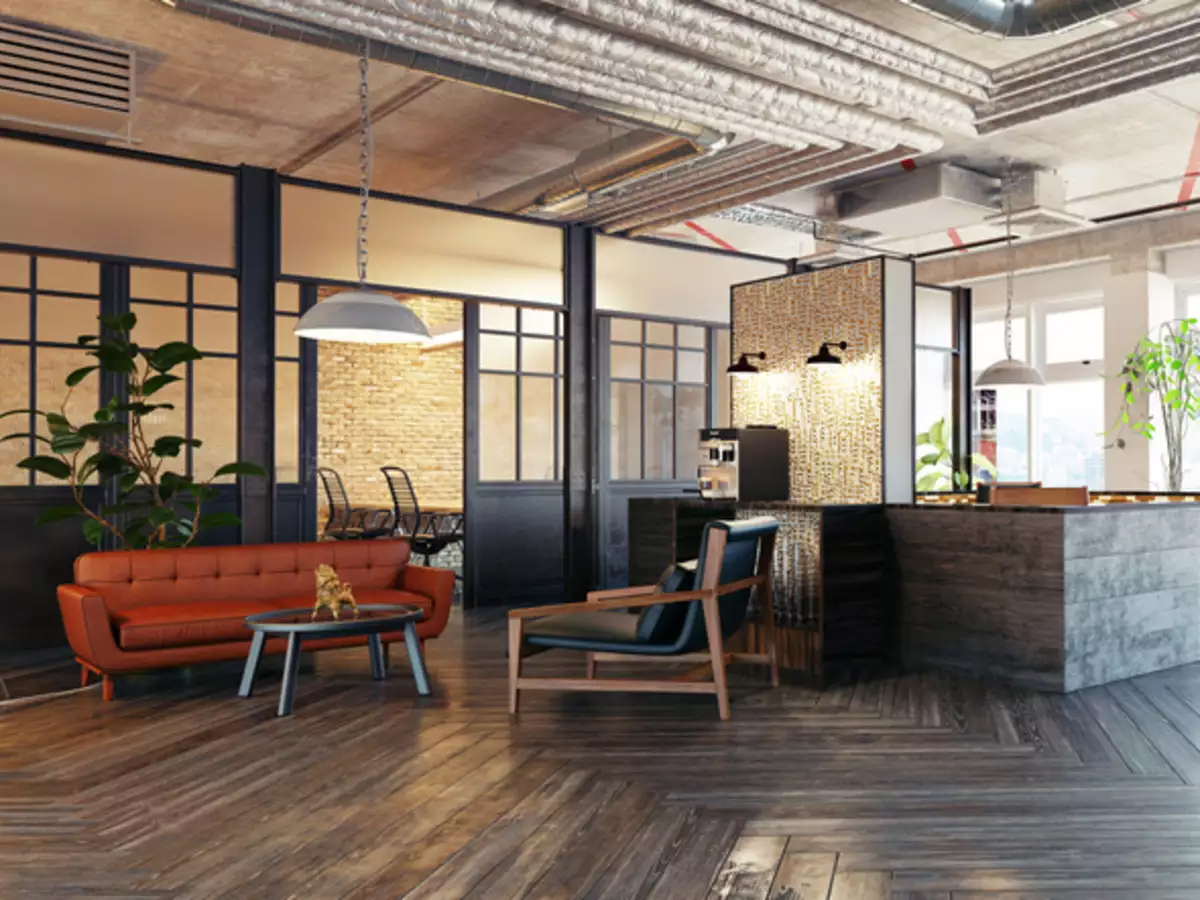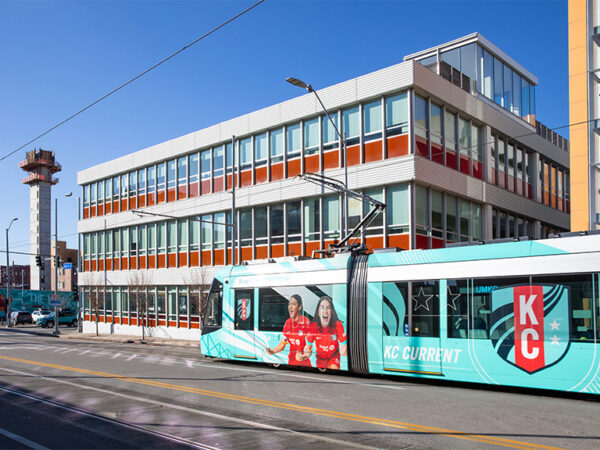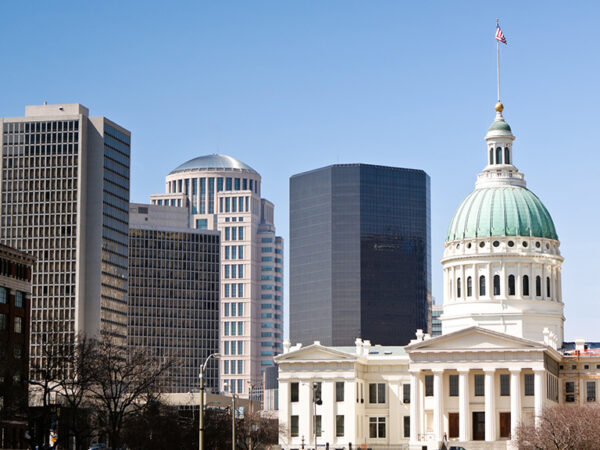Well, it’s 2021, and by now you’ve probably read at least a dozen articles on the fate of office space in a post-pandemic world. By the end of 2020, many had expressed doubt that demand for traditional office space would ever recover to pre-pandemic levels and while office leasing activity has yet to significantly pick up as Covid-19 vaccination efforts roll out, there is a growing sense that return-to-office plans are starting to take shape. These plans not only lay the groundwork for a current assessment of space needs, but also serve as the jumping off point for opportunistic tenants willing to get into discounted space ahead of any true office recovery in the cycle. Moreover, a more fundamental question is being asked: how should we be working?
In short, “flexibly” is the one-word answer to how the modern company will structure work. While that may be frustrating to define, it seems to better reflect reality than the binary answer of 100% remote or 100% in the office.
It is important to understand not just how an office functions but why it functions. Can a copywriter work from home? – sure. How about an admin, an engineer, a patent attorney? – maybe, but if the goal is to create and/or maintain business continuity and corporate culture, many will expect employees to carry out their duties from a centralized location. In fact, company culture, talent retention, and talent recruitment are often among the most cited reasons for companies wanting to return to a traditional office setting.
However, flexibility over mandates seems to be the key. As it gets harder for employers to defend remote working deficiencies – an employee armed with a laptop, internet, Zoom and cloud-based systems is effectively plugged-in from anywhere – the future of the office will likely be more about employers enticing (but not forcing) employees into the office. A place where employees don’t have to be but rather want to be. A place where creativity, collaboration and culture collide. A place that inspires and fosters human connection and great work product.

So, what does that flexibility look like? It starts with an amenity filled, purposefully built environment, with more places to work within a space, better services, more conveniences; common spaces more akin to your favorite hotel lobby (complete with the Starbucks) and frankly a lot less like the hyper-efficient, sterile, bench-type office of old. All that doesn’t necessarily mean more space but rather a thoughtful re-allocation of it. Square footage may remain neutral or actually decrease while buildout costs will likely tick upward.
Post-pandemic, the office may look different, but to paraphrase Mark Twain, the reports of its death have been greatly exaggerated.



